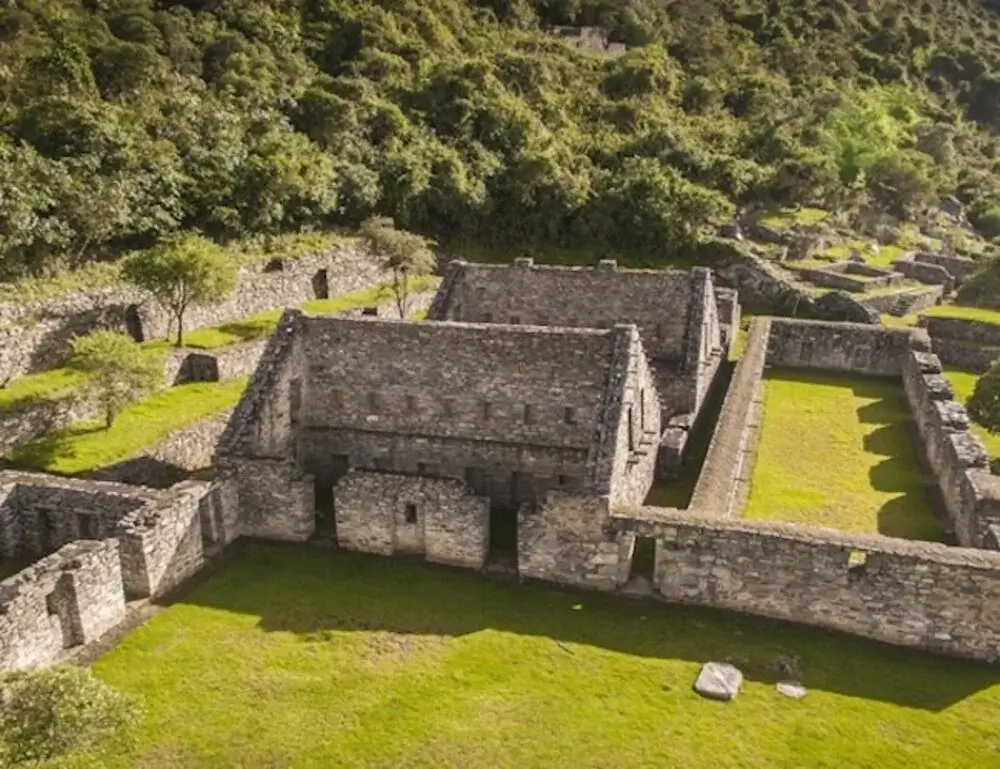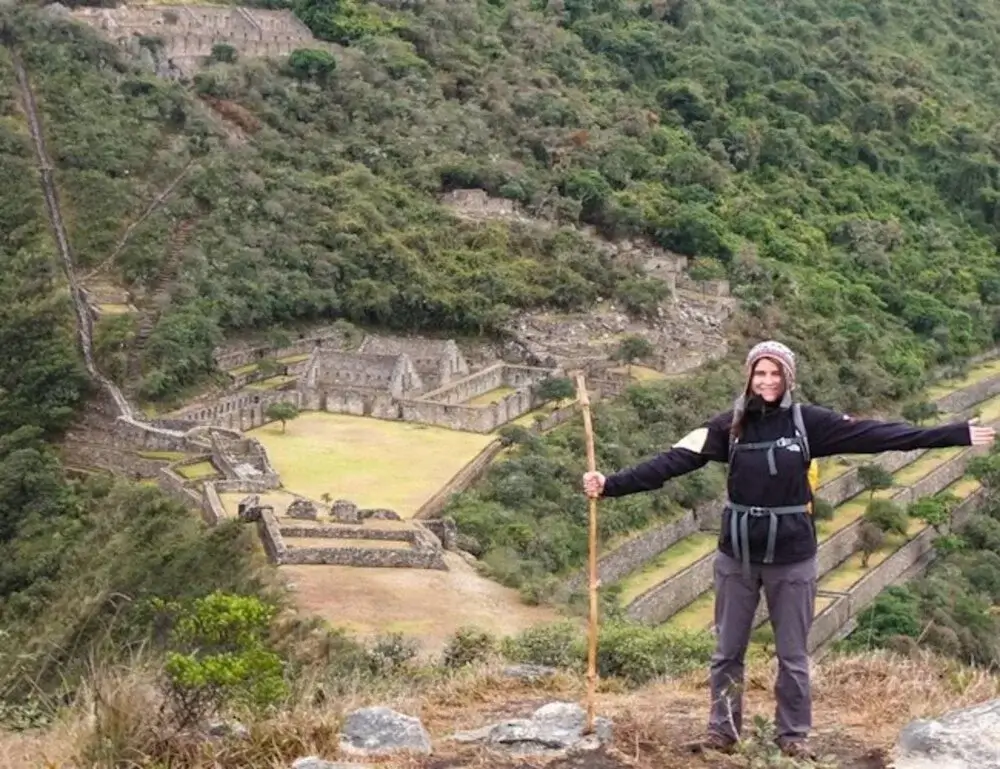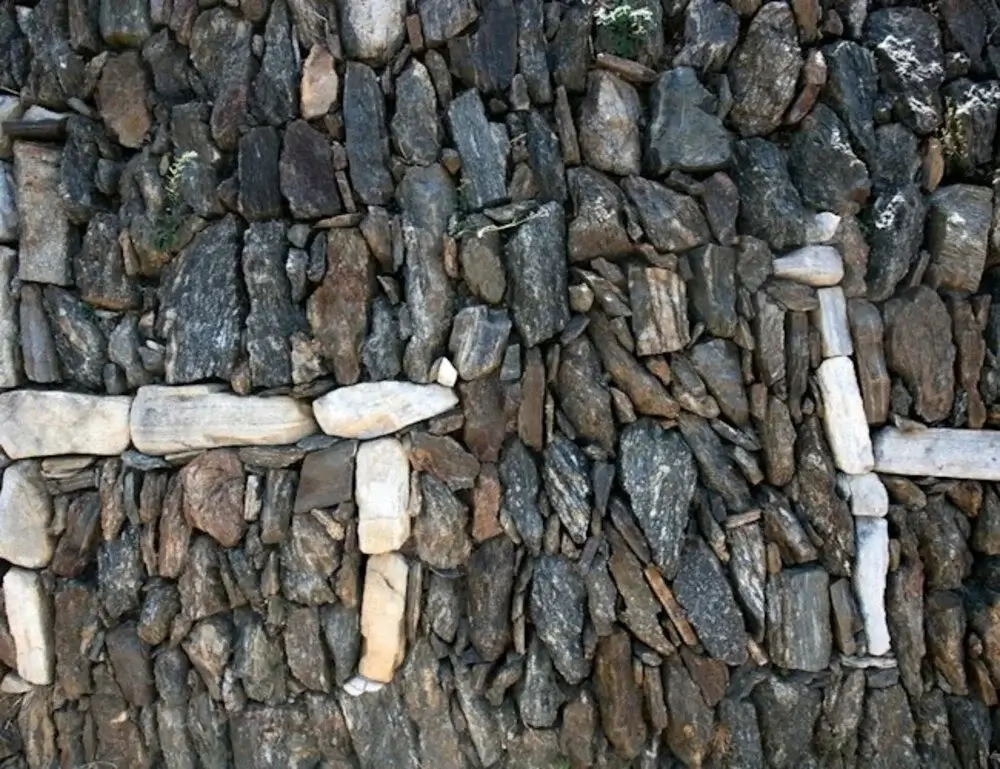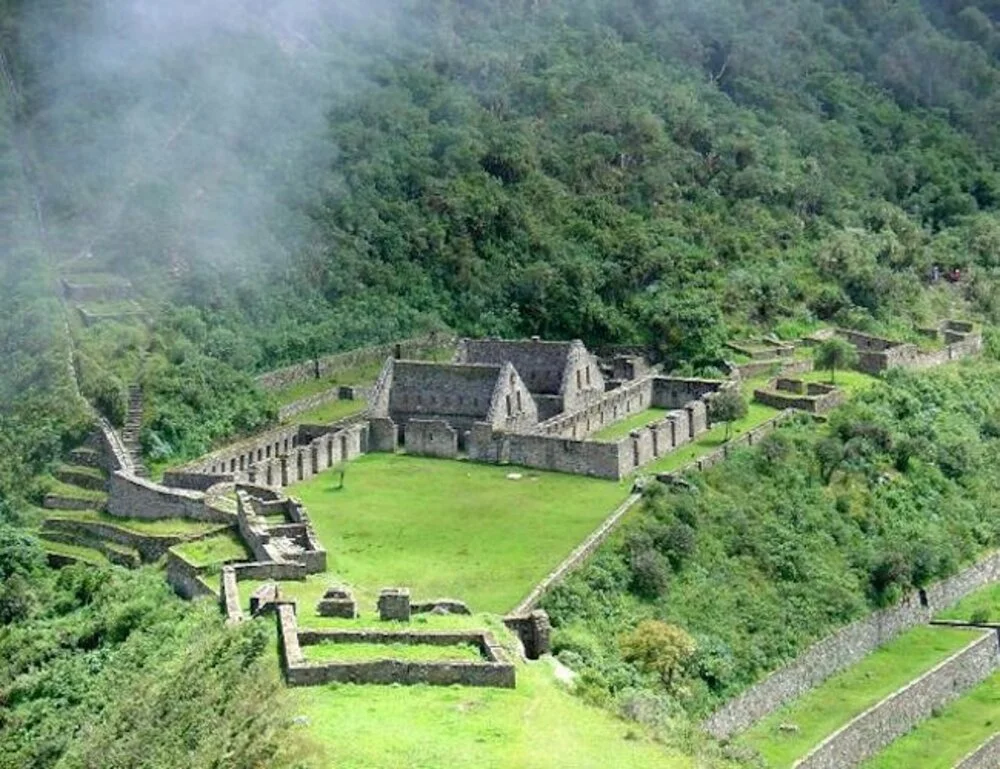An Inca city located near the Apurimac River in the Cusco region remains largely unexplored to this day. Choquequirao, also known as the "cradle of gold" in Quechua, is a stunning archeological complex located in the Vilcabamba mountain range. The fact that you must hike to this archaeological site makes it special.
Today, there are no roads that reach the site, which makes Choquequirao one of the most remote treks in the Cusco region. While the Spanish never discovered Choquequirao, the Incas did abandon it during their 16th-century invasion of Peru.
Due to its location in the cloud forests of the Machu Picchu region, Choquequirao, a wonderful city, has become overgrown, with an estimated 60% of its area excavated. Choquequirao, known as Machu Picchu's "Sister City," boasts a larger size than Machu Picchu.
Now is the time to hike to Choquequirao if you prefer remote trekking and hardly any people. A proposed cable car to Choquequirao could significantly impact the number of visitors to this ancient Inca citadel. Here are the top reasons to include a Choquequirao Trek in your Bucket List!
The Remoteness of the Choquequirao Trek
The fact that you can only get to Choquequirao by trekking means that fewer people visit the ruins. It is perfectly normal to encounter no other trekkers along the route or at the archaeological site, which means you will have the place to yourself!
The Choquequirao trek is one of the most technically difficult in the Cusco area due to the steep descent and ascent in and out of the Apurimac Canyon. This is another reason why the site receives few visitors.
The archaeological site is situated on the banks of the Apurimac River, which flows through the base of the canyon you must traverse en route, and is built into a high plateau of the Vilcabamba mountain range. While the Choquequirao trek is a difficult trek, it is also one of the lowest treks in the Cusco region, with the ruins being the highest point at 3050 m/10 000 ft.
The lowest point of the Choquequirao trek is at the base of the Apurimac canyon at Playa Rosalina on the riverbanks at 1520 m/4986 ft. It is important to take plenty of insect repellant on the Choquequirao trek due to the mosquitoes at the lower elevations of the cloud forest.
Choquequirao Trek 4, 5, or 9 Days?
The Classic 4-day Choquequirao Trek involves a return journey into and out of the canyon. This option will not include Machu Picchu due to the trekking times involved. However, if you also want to visit Machu Picchu on your Choquequirao Trek, you have two options:
You have the option to trek the 4-day Choquequirao Trek, and once we return to the trailhead, we can transfer to Ollantaytambo for the train to Machu Picchu. On the fifth day after the Machu Picchu visit, you will return back to Cusco.
The second option involves a 9-day trek that initially takes
you to Choquequirao. Instead of returning along the same trail, you will continue your trek through the Vilcabamba Mountain Range. If you're looking for a longer trek, there is a mountain trail that connects Choquequirao to Machu Picchu via valleys and mountain passes.
If you have the time, then a Choquequirao trek to Machu Picchu along the historic pathways of the Incas will take you all the way there, avoiding all the Machu Picchu tourist traffic on their way to the ancient wonder of the world, Machu Picchu.
The Unique Inca Archaeology of Choquequirao
The archaeology in the Choquequirao Archaeological Complex is different in many ways than other Inca archaeological sites in Peru. The Incas had to flatten an area in the mountains to build the foundations of the main plaza of Choquequirao.
They then built the rest of the terraces and buildings of Choquequirao into the existing mountainside. The structures that can be found in Choquequirao use a very different architectural design, which is not as intricate as Machu Picchu, for example.
The Choquequirao Archaeological Complex is notable for its magnificent llama terraces, which feature a white llama design carved into the stones, depicting the Incas' sacred animals along the walls. Choquequirao, like other Inca sites, was an administrative center as well as a fortress, with religious temples and agricultural sectors to provide sustenance to the people of the hidden city above the cloud forest. Choquequirao, which literally translates to "cradle of gold," held significant importance for the Incas.
The Incas strategically built Choquequirao to link the Vilcabamba Mountain Range with the lowland jungle. Its strategic location at the intersection of Cusco and Apurimac is no coincidence; it serves as a key point to capitalize on the abundant vegetation and facilitate the expansion of the Inca empire.
The religious building has an important focus on water. Many ceremonial temples have a connection to water. Two unique temples are situated beneath the two central plazas.
Carefully constructed terraces descend a steep mountain slope near natural water sources, with an aqueduct supplying water to specially designed water fountains. Another feature of Choquequirao is the ceremonial center, which includes temples representing specific solar events like the winter and summer solstices.
Glamping Along the Choquequirao Trek
Although not many people know this, you can hike a luxury Choquequirao Trek on your luxury Peru tour, which includes glamping along the trail. This option includes camp beds and comfortable inflated mattresses and pillows, bathrobes, a bathroom tent and hot shower tent, gourmet meals prepared by our experienced chef, a dining tent, massage therapies, and even solar panels! This makes sure that, after each day of trekking, you can relax in luxury on the side of a canyon!
The bonus of the Choquequirao Trek is that we can take mules to carry the equipment, unlike along the Inca Trail. This means we can cater to luxury trekking and glamping along the Choquequirao Trail by taking extra mules to carry the necessary equipment.
The Challenge and Cloud Forest Beauty of the Choquequirao Trek
Some individuals may argue that the Choquequirao trek is not particularly challenging due to its relatively low altitude. Transparency plays a crucial role in ensuring your adequate preparation for the Choquequirao Trek. As mentioned, this trek is one of the lower altitude tours in Cusco, but it's not at sea level! On the first day, you will start the trek at 3300 m/10826 ft., descend to 1500 m, and then climb back up to above 3000 m!
The weather will play its part during the Choquequirao Trek. Generally speaking, the best time to hike the Choquequirao Trek is during the dry season from May to August. This is due to there being little rain, and the trail should be more solid along the steep ascents and descents. Bear in mind that the rainy season coincides with winter, so the temperatures will be lower, especially at night and at dawn.
During the day, especially at the lower elevations, the lower part of the canyon will be extremely hot, with temperatures hovering around 37°C/98°F. Then, as you ascend out of the canyon, you can expect cold winter winds at the higher elevations. The dry season is the safest, as any amount of rain dramatically affects the Choquequirao Trek. During the wet season, the Choquequirao Trail has muddy and slippery trails, and rocks may fall from above due to the looser ground along the steep sides of the canyon.
We strongly advise against trekking the Choquequirao Trek during the rainy season, which spans from December to March. The dense natural ecology of the Choquequirao ruins in the cloud forest serves as a natural habitat for a variety of unique and exotic flora and fauna. This is why the region has been designated as a conservation area and a protected natural zone to preserve its biological diversity.
There are sixteen endemic bird species and over 90 different plant species native to the Choquequirao region. The most significant animal species are the endangered spectacled bear, the Andean cock of the rock, vizcachas (from the Chinchilla family), condors, pumas, and toucans. Choquequirao is also home to a stunning array of spectacular orchids that decorate the Choquequirao Trail.
- Read our blog on The Best Hikes in Peru
So, the Choquequirao trek, although it is a challenging trek and is certainly no walk in the park! Hiking to this remote and impressive marvel on your luxury Peru Tours is truly worth the effort. You have the option to include glamping and trekking to the cradle of gold for as many days as you like, and you can also choose to hike all the way to Machu Picchu as an add-on.
You will undoubtedly trek through breathtaking Andean countryside in one of the most remote regions of Cusco, following the Choquequirao trail. Ask us here for more information about the glorious Choquequirao Trek and how you can include it on your luxury Peru tours.





